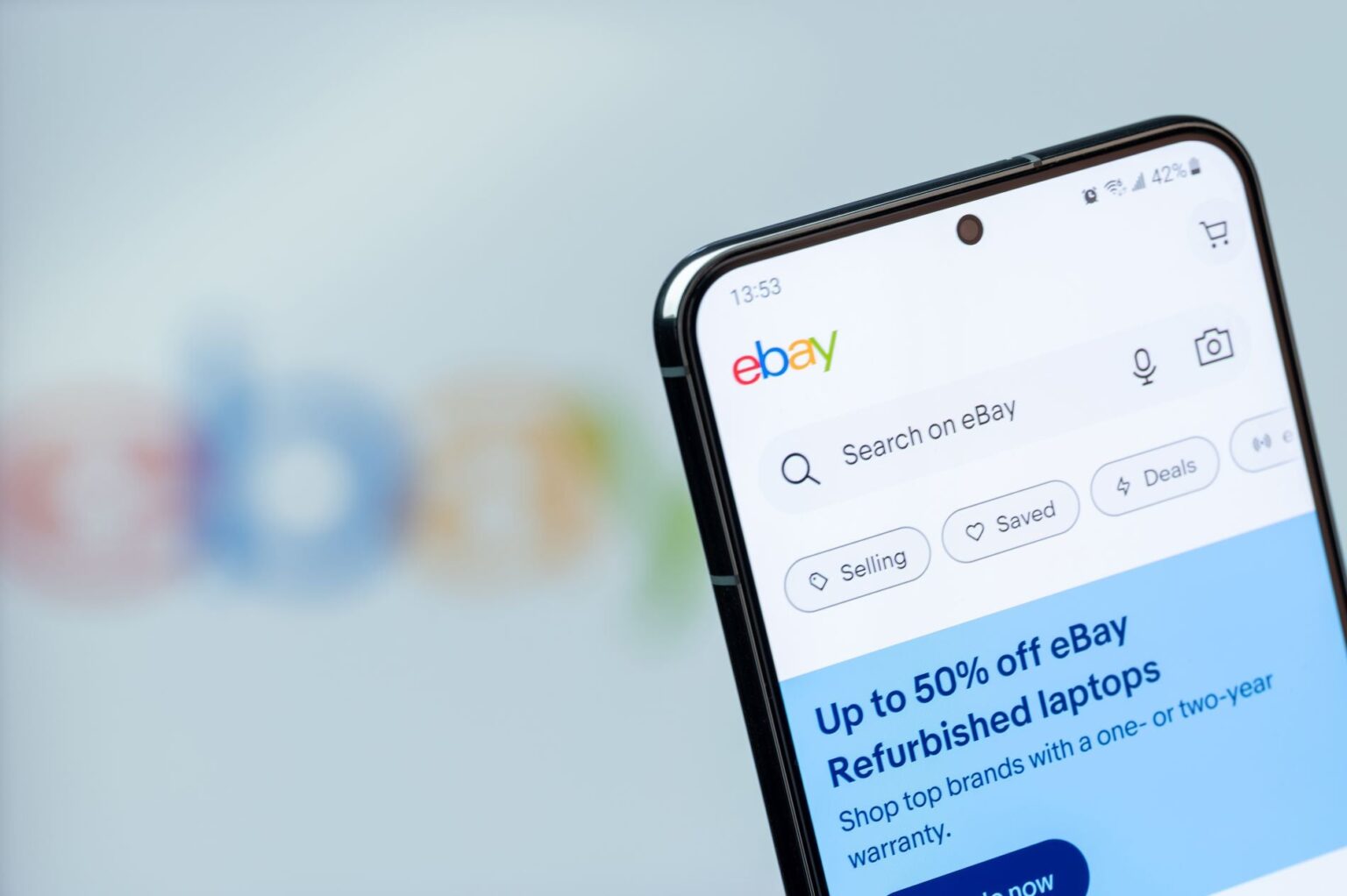eBay giveth, eBay taketh away. Just a week after the global auction site announced it would scrap seller fees, eBay has confirmed it will introduce an additional buyer fee to cover the lost revenue, in an announcement nestled in the fine print.
In an internal memo, eBay CEO Jamie Iannone wrote: “We are also planning to introduce a buyer-facing fee in the UK in early 2025 alongside a set of buyer enhancements that provide additional value.”
The move mirrors strategies employed by other digital retailers such as Depop and Vinted. It has given private eBay sellers whiplash. After celebrating last week’s news, some sellers are now expressing concern that the move will deter customers from shopping on the site.
How much will eBay’s buyer fee be?
The news that eBay was scrapping fees for private sellers, except for those trading old cars, motorcycles and other vehicles, was welcomed by those who run an eBay shop last week. Many of us use the marketplace to trade in old clothes, gadgets, or books for a quick buck.
eBay used to take up to 15.5% of the final selling price in fees, representing a significant chunk of profits for listers. After the news that a buyer fee is on the way, though, it seems that penalty has simply been passed over to the buyer’s side.
eBay has yet confirmed the cost of its buyer fee, only promising that it will be “small”. But there is speculation that the 00s favourite originally scrapped its seller fees to compete with resale apps such as Depop and Vinted. The final tally will likely emulate rival charges.
Vinted offers free listing and selling but imposes a buyer protection fee ranging between 3% and 8%, plus a fixed amount of 30p to 80p. Depop similarly replaced its 10% marketplace fee with a 5% charge, plus a fixed charge of up to £1.
What are buyer fees?
Online marketplaces charge fees to cover operating costs, such as payment processing and paying admin staff salaries. These can be paid by either the seller or the buyer.
Buyer fees can take many different forms. Vinted, for example, charges a buyer protection fee that doubles as insurance. If an item doesn’t arrive, is damaged, or isn’t as described, the buyer can dispute the transaction and potentially receive a refund.
By not charging sellers, resale apps will be hoping they can make their sites more attractive for people to sell their items. This will lead to a larger selection of products for buyers, increasing the platform’s appeal for buyers. Or so the theory goes.
Some private eBay sellers report being caught off guard by the new rates. They say the charges will make it harder to shift listings as eBay’s 132 million users will be put off.
Bad for business
eBay has removed fees for private sellers, but business sellers (those who buy or make items specifically to resell) must still pay a charge to list their items on the platform.
Combined with the new buyer fee, this will result in many professional sellers having to significantly raise their prices to cover their total bill. For example, the cost of a £100 vintage handbag could shoot up to £108 if an 8% buyer fee is applied next year.
In a post shared on an eBay forum, one business seller complained that the new rate is “fine for private sellers who have no fees to compensate, but insane for business sellers with hefty final value fee and shop fees already”.
The hurdle follows the implementation of the Side Hustle Tax last year. The law change meant that some of those with a side gig, such as those who sell over 30 items a year or make over £1,000 a year, now need to register for self-assessment.
Concerned that buyer fees could affect your business? Find out how to design a cash flow forecast to calculate the impact on your bottom line.




